Cold water indeed makes fishing for smallmouth bass in winter more challenging. Most people don’t think of winter as a time for sunny, warm conditions ideal for bass fishing. However, by focusing on winter schools of bass, you can reduce fishing pressure and increase your chances of success, even when the fish seem harder to find. Understanding these winter habits can help you make better fishing decisions.
In this guide, we will walk you through everything you need to know about fishing for smallmouth bass in winter, from their behavior and habitats to the best techniques and gear.
Understanding Smallmouth Bass Behavior in Winter
Smallmouth bass, like all fish, are ectothermic, meaning their body temperature matches the surrounding water. As water temperatures fall during winter, their metabolism will significantly decrease in such a manner that reduces activities and feeding.
This helps them conserve energy since in such a period, food will be scarce. Their movements will be deliberate; they seek an area where they can use as little energy as possible to still be able to acquire food.
These areas usually have structures such as submerged logs, rocky outcroppings, or drop-offs, which enable them to ambush prey efficiently.
Interestingly, while smaller temperatures cause smallmouth bass to remain less aggressive, they do not hibernate or cease feeding altogether. Instead, they remain active but alter their feeding practices to reflect the slower pace of winter.
Anglers who target smallmouth bass in this period should look to imitate these natural effects by using slower presentations and smaller lures that would mimic prey species’ feeding behavior in cold water.
Are smallmouth bass active in the winter?
Yes, smallmouth bass are active even in winter but much less than during the warmer months. They feed much less often, once every few days, but it doesn’t mean they aren’t catchable. They rely on opportunistic feeding, targeting slow-moving prey such as crayfish, insect larvae, or small baitfish that require minimal effort to capture.
Smallmouth bass tend to surge their activity for a short time when temperatures are a little warmer or sunlight increases. That’s when the anglers get them, but persistence and patience are important when it comes to winter fishing, since they tend to be less aggressive and pickier during feeding.
What are their preferred habitats during winter?
In winter, smallmouth bass go to stable, deeper waters that have lower temperature fluctuations.Usually found in rocky areas, ledges, deep pools, and drop-offs, they offer cover and access to prey.
Rocky structures, in particular often contain baitfish and crayfish and serve as a reliable food source. Submerged trees, stumps, and boulders are similarly excellent hiding places, both protecting the heron from predators and providing the perfect spot from which to attack passing prey.
A zone of moderate or slow current flow is also favored for these currents by smallmouth bass in rivers. In winter, energy conservation is critical and they will avoid faster currents to achieve that.
Generally smallmouth bass will use transition zones in lakes where shallow water drops off into deeper water as staging areas for feeding.
How deep do smallmouth bass go in the winter?
Water body influences the depth to which smallmouth bass retreat to during winter, but they tend to inhabit depths of 20 to 40 feet. In very clear and very deep lakes they may dive even deeper, heading for the most stable and comfortable temperatures they can find.
That’s because water is less affected at these depths by fluctuating surface temperature and oxygen levels are likely to remain sufficient.
But anglers will need to work harder to identify these — and then focus on locating structures and schools of baitfish deeper in those areas using sonar or fish finders. These depths require specialized techniques such as vertical jigging or the drop-shot rig, so that you can effectively present lures ‘in the strike zone.
Knowing how water temperature affects where smallmouth bass are in winter and what they’re doing can ensure success in the winter when these fish are too deep to easily target.
Best Locations for Winter Smallmouth Bass Fishing
What are the ideal fishing spots?
During winter bass fishing smallmouth bass, use the areas with rocks, ledges, and deep pools. Prime spots are reservoirs, lakes, rivers, and slow-moving currents. Common feeding zones are where the water is shallow and goes deep.
Where to target smallmouth bass in the winter?
Try targeting smallmouth bass on underwater structures such as humps, ridges, and drop off. If you’ve got a fish finder, look for these areas and locate the schools of baitfish because chances are, smallmouth bass is nearby.
During winter watch out for warm areas deeper than their normal shallower fishing places as too much snow blankets the region’s surface.
Is river or lake better for smallmouth fishing?
Both rivers and lakes can be productive for winter smallmouth bass fishing, but each presents unique advantages:
- Rivers: Smallmouth bass can be found in the slower moving pools and deep holes in rivers just to conserve some energy. Pay attention to eddies, bends, and places near structures such as rocks or logs where the current slows down.
- Lakes: The smallmouth bass likes deeper zones, with rocky bottoms on in lakes. Good targets are points, ledges, and submerged structures.
Can you find smallmouth bass under frozen water?
That is correct, smallmouth bass can be caught under frozen water while ice fishing. They usually hang around underneath areas of deep structures other anglers find easy to target.
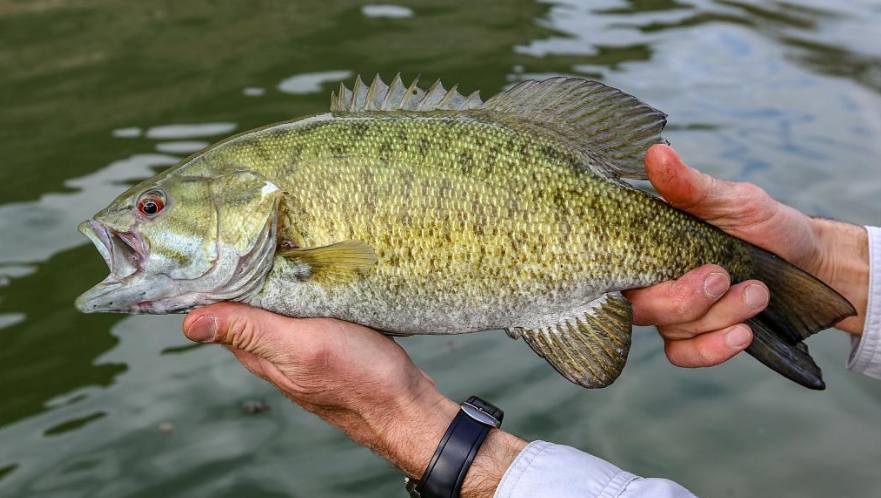
Essential Gear for Fishing Smallmouth Bass in Winter
- Baits and Lures:
- Soft Plastics: Use soft plastic baits like tubes, grubs, and swimbaits that mimic small baitfish or crayfish. Opt for natural colors like green pumpkin, brown, or white.
- Jigs: Finesse jigs paired with soft plastic trailers work exceptionally well for slow presentations in cold water.
- Blade Baits: Metal blade baits create vibrations that attract smallmouth bass even in cold conditions.
- Drop Shot Rigs: A drop shot rig with a finesse worm or shad-style bait is highly effective in deep water.
- Rods and Reels:
- Rods: Use a medium or medium-light spinning rod with a fast action for better sensitivity and control.
- Reels: A high-quality spinning reel with a smooth drag system is essential for winter fishing. Look for a reel size suitable for light to medium lines.
- Line Types and Strengths:
- Fluorocarbon Line: Fluorocarbon is preferred for its sensitivity, low stretch, and invisibility underwater. A 6- to 10-pound test line is ideal for finesse presentations.
- Braided Line with Leader: Use a braided mainline with a fluorocarbon leader for added strength and better casting performance.
- Other Gear to Stay Warm:
- Insulated waders or insulated waterproof boots
- Thermal gloves and hats
- Layered clothing made of moisture-wicking and insulating materials
- Hand warmers and portable heaters for extra comfort
Techniques for Catching Smallmouth Bass in Winter
Effective winter fishing techniques
- Slow and Steady Retrieval
Smallmouth bass are sensitive to cold temperatures and slow presentations work best. Dragging a jig or bouncing a drop-shot rig “off the bottom” emulates the sluggish behavior of crayfish or minnows. Patience is needed when using this technique because bites might be subtle.
- Vertical Jigging
Winter smallmouth bass jigging is verticle jigging an excellent way to target fish in deeper water. Spoons, blade baits or ice jigs fish with a lift and fall motion imitate injured baitfish that draw the bass’s attention. Since the technique thus does best in lakes or reservoirs of significant depth, it is ideal for work in these habitats.
- Finesse Fishing
So finesse techniques can be used with light tackle along with stuff like Ned rigs, shaky heads, drop shots, etc. Cold clear water calls for small baits and natural colors that try and imitate the prey. Slap that tube bait or swimbait slowly by rock and ledges and you’ll often get a strike.
- Deadsticking
In cold water, smallmouth bass are like easy bait. You’d be surprised how even deadsticking can be effective. It’s also great for soft plastics or live bait because you give a bass time to inspect and bite.
Best bait and lure for winter smallmouth bass
- Natural Baits: Winter is a good time to target as minnows or crayfish live bait is very successful. Natural, slow-moving prey matched to the forage in their environs is more likely to be bitten by smallmouth bass than more plump man-made, fully inorganic artificial prey items.
- Finesse Lures: In winter, tube baits, finesse jigs, blade baits, and small swimbaits dominate. The bass feed in the same fashion as these lures mimic injured or slow moving prey. Clearwater — darker colors like green pumpkin, brown or black work well, while brighter colors like pink or red are better in stained water.
- Suspending jerk baits: Suspend jerk baits when you are in shallower water or on a warmer winter day. Bass just reach up and strike without too much effort as these lures hover in the water column.
Safety tips for smallmouth fishing
- Check Ice Thickness: Ice anglers cannot be too safe and the start is with ice. For walking, you want the ice to be at least 4 inches thick, 8–12 inches for vehicles. When hiking on ice routes, always take a spud bar or ice auger to cut test holes as you move.
- Wear Proper Gear: Buy a good quality floatation suit or jacket for winter fishing. If you tend to fall through the ice, carry ice picks, and if on icy surfaces, wear cleats to help you get traction. Check out these best ice fishing boots that we picked for you.
- Carry Emergency Equipment: Not only will you always want to have these items, you should always bring a first aid kit, waterproof matches, extra clothing, and a whistle. For the duration of longer trips, a portable heater or thermal shelter is invaluable when it comes to staying ‘toasty’ cold.
- Fish with a Partner: A buddy is safer in winter fishing. One angler can help the other if this angler is experiencing an accident or the other angler can go for help. Don’t fish alone, especially in remote areas or on ice.
- Stay Aware of Weather Conditions: Winter weather can change rapidly to create dangerous situations. Before you head out, check on forecasts, and get out of the water if conditions worsen. Carry a waterproof case for your phone or GPS so you don’t lose service.
Challenges Of Fishing Smallmouth Bass In Winter
Some of the challenges when fishing smallmouth bass during winter and how to overcome them include:
- Fish Location: Smallmouth bass will tend to congregate in deeper water and specific areas, such as ledges, drop-offs, or rocky points, during the winter. They are often harder to find than during warmer months. Invest in a good fish finder to locate these structures and schools of baitfish, which are a good indicator that bass are there.
- Cold Weather Conditions: Winter fishing presents physical challenges, such as freezing temperatures, icy conditions, and strong winds. Wear layered clothing, thermal gloves, and insulated boots to stay warm. Take hand warmers, drink hot beverages, and take short breaks to prevent hypothermia.
- Line and Reel Management: This also freezes, makes lines stiffer, and sometimes even accumulates ice on the reels. One can change the line conditioners, which reduce freezing, making lines with less memory, and fluorocarbon particularly more sensitive. Moreover, cleaning reels with lubricating liquids enhances efficiency.
- Subtle Bites: In winter, smallmouth bass don’t strike aggressively. It’s easy to miss bites if you’re not attentive. Use sensitive rods and keep a finger on the line to detect subtle movements. Pay close attention, as bites may feel like light taps or weight on the line.
Conclusion
Smallmouth bass fishing in the winter is an exciting challenge that allows fishermen the opportunity to catch trophy sized fish.
However, if you understand what they are going to do, where they’ll go, and what gear and technique they’ll use, you’ll be able to go fishing in the cold months and enjoy a wonderful, memorable catch.
Though winter fishing is a special, patient, and persistent sport, safety, dressing warmly and no fuss are important, particularly in the cold. No matter if you’re fishing rivers, lakes, or through the ice, smallmouth bass are ready to challenge your skills and create a memorable adventure.
More information about smallmouth bass:
- Largemouth vs Smallmouth Bass Differences
- Do Smallmouth Bass Have Red Eyes?
- How Big Is a 2 Pound Bass?


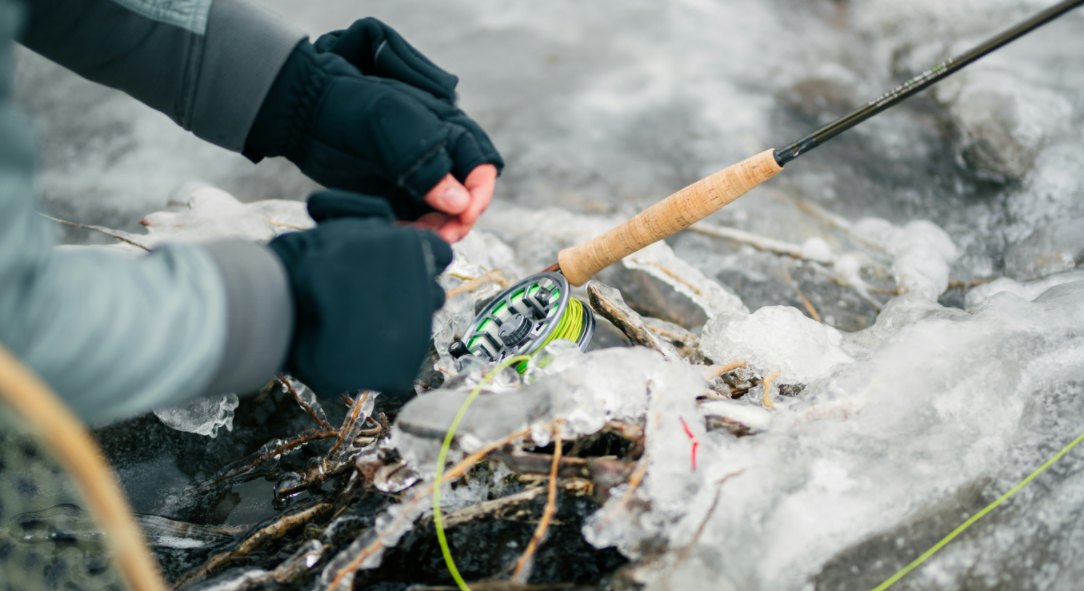
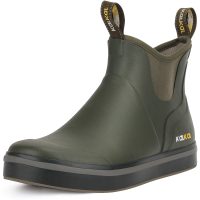

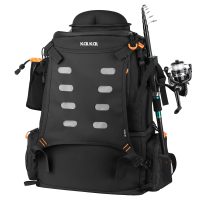
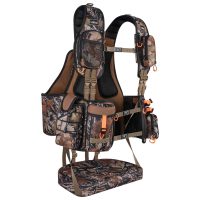
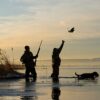

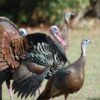

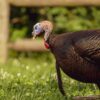
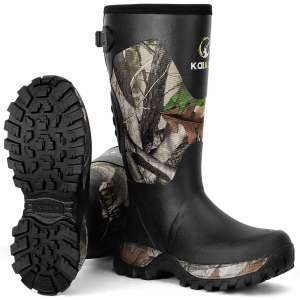
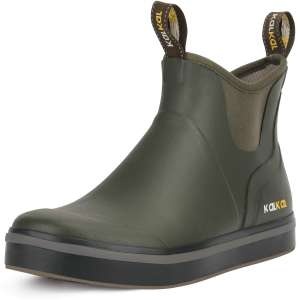
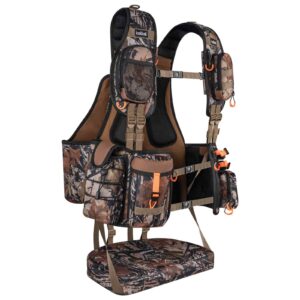
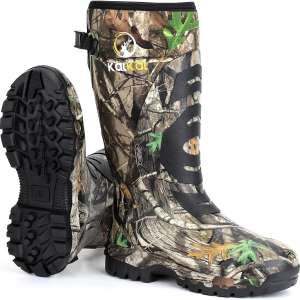
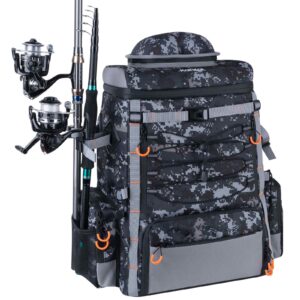



Leave a reply